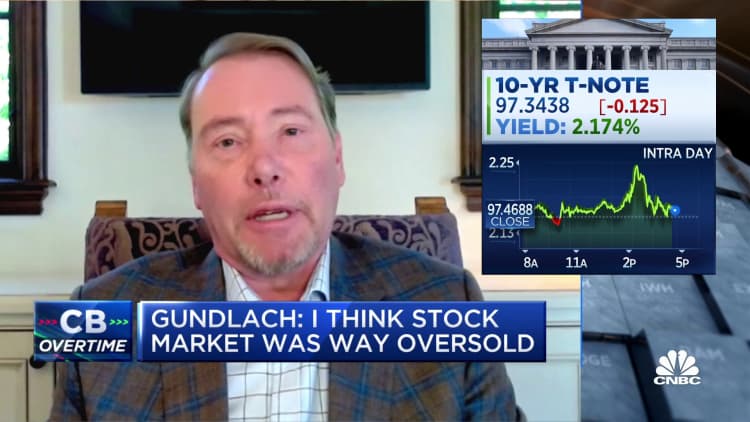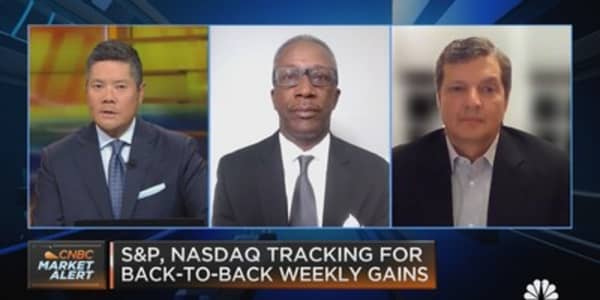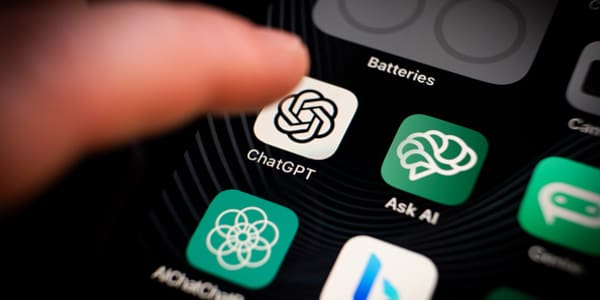If you're eyeing ways to fight swelling prices, Series I bonds, an inflation-protected and nearly risk-free asset, may now be even more appealing.
I bonds are paying a 9.62% annual rate through October 2022, the highest yield since being introduced in 1998, the U.S. Department of the Treasury announced Monday.
The hike is based on the March consumer price index data, with annual inflation growing by 8.5%, the U.S. Department of Labor reported.
"It's a milestone for I bonds," said Ken Tumin, founder and editor of DepositAccounts.com, who tracks these assets closely.
I bonds, backed by the U.S. government, don't lose value and earn monthly interest based on two parts, a fixed rate and a variable rate, changing every six months.
While the variable rate is 9.62% through October 2022, the fixed rate remains at 0%, according to the Treasury.
The I bond is a wonderful place for people to put the money they don't need right now.Christopher Flisfounder of Resilient Asset Management
The fixed rate stays the same for the 30-year life of the bond, meaning someone who purchased I bonds with a higher fixed rate may beat inflation for at least six months, Tumin said.
Although the fixed rate has been 0% since May 2020, it peaked at 3.6% for six months starting in May 2000. You can see a history of both rates here.
How to buy I bonds
There are only two ways to purchase these assets: online through TreasuryDirect, limited to $10,000 per calendar year for individuals or using your federal tax refund to buy an extra $5,000 in paper I bonds. There are redemption details for each one here.
You may also buy more I bonds through businesses, trusts or estates. For example, a married couple with separate businesses may each purchase $10,000 per company, plus $10,000 each as individuals, totaling $40,000.
Drawbacks of I bonds
One of the downsides of I bonds is you can't redeem them for at least one year, said certified financial planner George Gagliardi, founder of Coromandel Wealth Management in Lexington, Massachusetts. And if you cash them in within five years, you'll lose the previous three months of interest directly before your sale.
"I think it's decent, but just like anything else, nothing is free," he said.
Another possible drawback is lower future returns. The variable portion of I bond rates may adjust downward every six months, and you may prefer higher-paying assets elsewhere, Gagliardi said. But there's only a one-year commitment with a three-month interest penalty if you decide to cash out early.

Still, I bonds may be worth considering for assets beyond your emergency fund, said Christopher Flis, a CFP and founder of Resilient Asset Management in Memphis, Tennessee.
"I think that the I bond is a wonderful place for people to put the money they don't need right now," he said, such as an alternative to a one-year certificate of deposit.
As of May 2, the average savings account yield is under 1%, and most one-year CDs are paying less than 1.5%, according to DepositAccounts.
"But I bonds aren't a replacement for long-term funds," Flis added.





